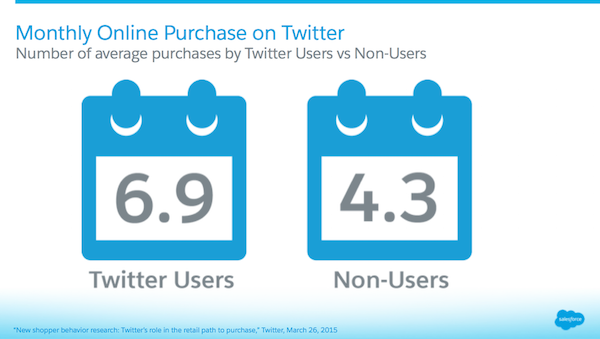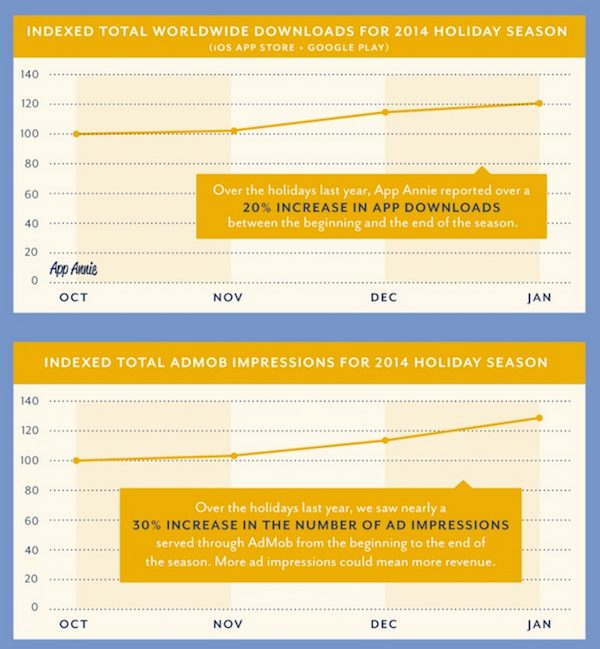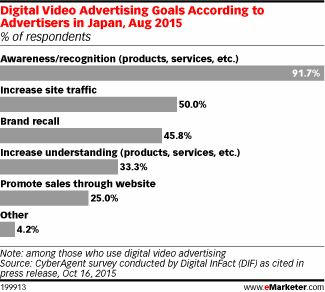
Get your FREE 30-day trial.
Please complete all fields.
Retail advertising takes the lead in digital ad spend, ramping up mobile and video ads in particular. Twitter an important part of the success the retail industry is seeing in the digital purchase lifecycle. While the holiday season is as a crucial period for mobile advertising, recent data shows January is the new “Black Friday” for brands that focus on app monetization, given the large number of smartphones gifted during the holiday season. Finally, Japan looks to digital video advertising to increase brand awareness and recognition.
Retail ad spend will reach $13B in 2015 and $20B by 2019, a CAGR of over 12% (2014 to 2019). Retail is responsible for over one fifth of all digital ad spend and will be through 2019. Where will the majority of retail spend be directed? Mobile ad spend will reach over 51% of total retail ad spend in 2015 at $75B and estimated to grow to $150B by 2019. 82% of Smartphone users will shop on their mobile device this year, and 81% research on their phones before a purchase decision. Retail advertisers this year will ramp up spend on video at $1.6B on digital, equating 20% of total retail ad spend. Twitter has long been an online shopper’s go-to for insight, assistance, and inspiration during the purchase cycle. Given the platform’s mobile-first nature, it’s no surprise to find that Twitter users were likely to spend 22% more online shopping than non-users from March to September this year. On average, users made online purchases 6.9 times/month, as opposed to 4.3 like non-users.

While many of us consider the end of the year (November-December) as primetime to advertise, recent data shows that for mobile app advertisers, January is the new “Black Friday”. From October 2014 to January 2015, app downloads and user engagement grew 20%, peaking in January, rather than December. In a Salesforce post, January is cited as the most cost-effective month for gaming advertisers to acquire mobile gamers at scale, at a rate higher than any other month. Last year over 367M smartphones were sold during the holiday season, and in January users download and engage with apps on those new phones.An increase in downloads during the holiday season makes it the perfect time for brands to monetize their apps with ads. One way to improve January results is to, create Lookalikes from your own first-party data: users who have installed, are the most engaged, and of high value. Then, experiment with Lookalike nesting to test the varying degrees of similarity on offer to gain a CPI decrease.

In a Salesforce post, January is cited as the most cost-effective month for gaming advertisers to acquire mobile gamers at scale, at a rate higher than any other month. Last year over 367M smartphones were sold during the holiday season, and in January users download and engage with apps on those new phones. An increase in downloads during the holiday season makes it the perfect time for brands to monetize their apps with ads. One way to improve January results is to, create Lookalikes from your own first-party data: users who have installed, are the most engaged, and of high value. Then, experiment with Lookalike nesting to test the varying degrees of similarity on offer to gain a CPI decrease.
Japan has adopted digital video advertising, alongside the entire retail industry. This year 38% of Japanese advertisers placed video ads, up from 20.0% in 2014. That’s 89% growth in just one year. According to eMarketer, more than nine of ten Japanese advertisers are using video ads primarily to increase brand awareness and recognition. In addition, 50% of advertisers report using video to drive site traffic and 46% to increase brand recall. On Facebook, you can bid for a specific goal that your brand has, which align closely to the objectives Japanese advertisers have noted in the data below. An example is website clicks to drive site traffic or website conversion to promote sales through a website.

To find out how TripIt, global leader in integrated expense and travel management services, optimized their ads to drive real business results, check out our case study.